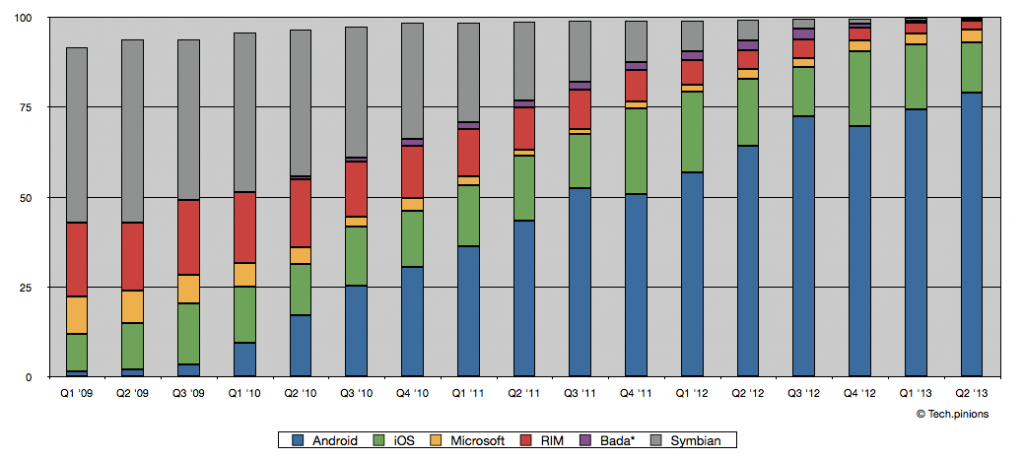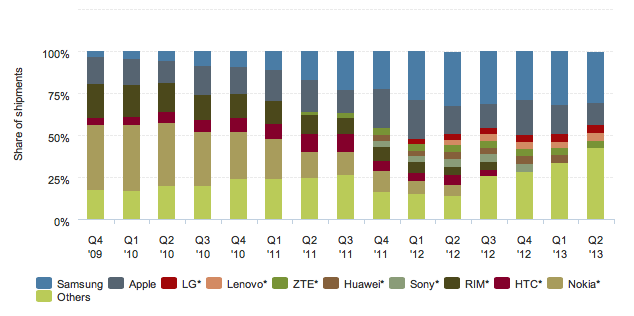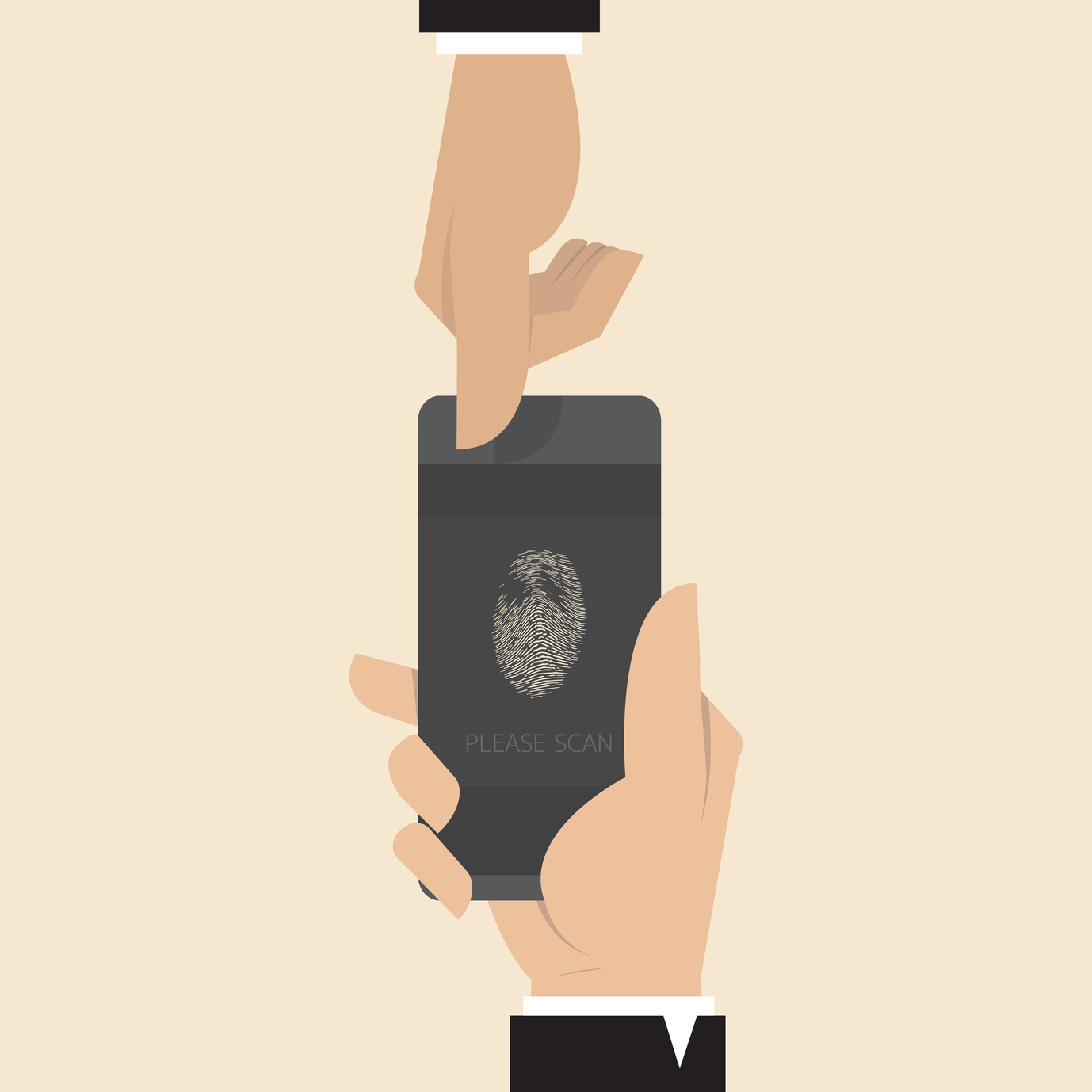Steve Jobs fully understood the value in surprise, the wonder of magic, and the awe a beautiful, functional, highly personal computing device can evoke when unwrapped for the very first time. Rumors, particularly a stream of unceasing rumors of all kinds, tend to sully this ideal.
Not much can be done about it, unfortunately. Not only because Jobs is now gone but because Apple is far, far bigger than it has ever been. The company now comprises ten of thousands of employees, a massive retail chain, strategic partnerships with nearly every big name in media, relationships with automakers and contractors by the score. The Apple ecosystems spans nearly half a billion active users, a global supply chain that touches 4 million workers, hundreds of suppliers, and 18 worldwide final assembly plants. Leaks and rumors are inevitable.
In addition to leaks, there may be story plants, trial balloons, media spin, hurt feelings from those let go, false leads from those gunning for a promotion, snapshots from an anonymous line worker in China, misdirections from a savvy executive and slip ups by trusted employees. Given the scope of today’s Apple, shutting down the rumor-media industrial complex is simply not possible.
The end result of all of this?
We don’t know what we don’t know and we aren’t always sure what we do know. To be sure, all the rumors and all the talk may help whet our appetite for the next great Apple product. It can also lead to far too many brain cells preoccupied with even the most ridiculous Apple tales.
For example…iRing. Yes, leading Apple sites have written about and thoroughly dissected the very real possibility of a computerized ring, forged by Apple, which could be, it is presumed, a means to support digital payments, possibly serve as a remote control for the wearer’s music collection, and all manner of other nonsensical functions.
This will not happen. There will be no iRing. None. If for no other reason than should Apple even dare release such a product, every sneer, every cutting remark made by any and every Apple hater everywhere since the beginning of time would instantly be made whole. I can barely write the word ‘iRing’ without laughing.
I am certain, however, that talk of an iRing will persist.
The Apple Rumor Prism
Like it or not, expect no end to the Apple rumors and tall tales that emerge from the amorphous flotsam the media periodically feasts upon. This is all exacerbated by the fact Apple PR, whom I have been in contact with on many occasions, nearly always refuses to comment on any rumor. Realistically, they have little other choice.
Which begs the question: Is there a way to pre-determine the veracity of a Apple rumor?
(Wait for it…)
No.
The best we have so far are a few very well connected Apple writers, such as Jim Dalrymple, who can deliver a yay or nay but only at certain times and only for certain rumors. With Apple, rumors are like weeds, and no one person can stomp down all of them.
For example, thanks to the ongoing court battles with Samsung, we recently learned Apple has been rather concerned over the sales growth of large display smartphones, which it does not yet offer.
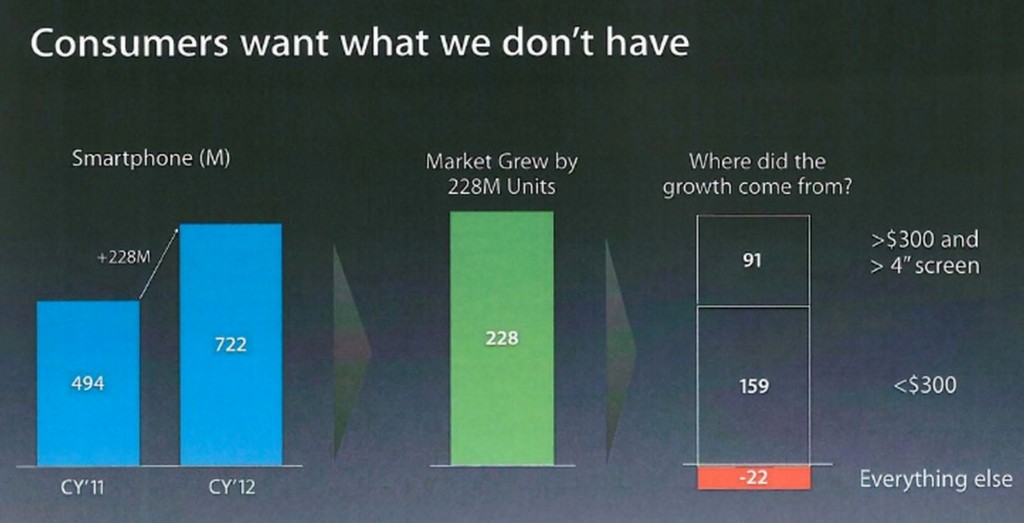
Surprise! Days later, we are treated to pictures of new iPhone molds suggesting a larger iPhone! Is this a plant from Apple? A false lead? Or some kid in Taiwan not very good with Photoshop? We don’t know. Worse, we tend to latch onto any data point, such as it is, that confirms our biases or affirms our hopes.
What then, is the best means of determining if a rumor is even merely likely when Apple refuses to say and the best Apple sources can’t (yet) verify? I focus on what I do know with a high degree of certainty and run the latest rumor through that prism. This may lead to some dead ends or errors, but it typically keeps me on the right trail.
I know with a high degree of certainty that…
- Tim Cook is firmly in charge of Apple
- Jony Ive is firmly in charge of the look and feel of Apple products — all of it, inside and out
- Tim Cook has essentially removed Jony Ive from the bowels of the Apple design labs and made him a quite respectable SVP, which almost certainly means Ive won’t be as intimately involved with each and every product, manufacturing process and innovative material going forward
- Cook’s big name hires have been in retail and branding, though he’s also hired veterans from the fitness and medical devices industry
- Apple works on products and prototypes for years before it believes everything is just right for launch
- iPhone margins are massive and counter to the direction of the marketplace
- Apple cannot go down market 1
- Apple is comfortable with offering seemingly confusing choices for consumers (e.g. iPad Mini RD vs iPad 2 vs iPad 3, I think)
- Core Apple products such as the iPhone, iPad and the Mac are typically replaced by users every 1-5 years, and many of these are not junked but rather re-sold by the original customer or a third party
- Apple possesses a near religious fealty to the notion of continuous product improvement
- Optimizing and innovating all hardware in pursuit of product improvement — and product margins — is hardwired into the company’s DNA
- Apple’s relationships with IT decision makers and procurement personnel in government, the enterprise and businesses with more than 20 employees is woefully lacking
- Apple is worth more than $450 billion and is sitting on approximately $160 billion in cash and equivalents
These guide me whenever I dare pick apart an Apple rumor or chase down the latest crazy Apple tale.
Caution: these ‘knowns’ are not equal!
The majority of Apple’s revenues come from the iPhone. The addressable market for the iPhone is radically larger than the market for any other extant Apple product. Each fact from above, even if entirely true in isolation, is not inviolable should it ever even potentially bring harm to iPhone sales and iPhone margins.
The Apple Rumor Mill
Running rumors though this iPhone prism serves as my handy guide in understanding if a rumor has legitimacy or not.
For example:
An iWatch should almost certainly integrate with (and be made most useful by) the iPhone. An iWatch will likely demand a keen sense of style, luxury branding and retail sales savvy. Given what I know, iWatch rumors are absolutely within the bounds of certainty.
An Apple television would not be appreciably enhanced by the iPhone. Televisions are kept in use far longer than five years. There’s little to justify this rumor, no matter its persistence.
A line of wearables or ‘smart’ accessories that all tie back to the iPhone? Absolutely. These enhance the iPhone’s value and should extend iPhone sales.
That Apple has to do anything this month, this quarter, this fiscal year to ensure its success? Complete nonsense.
A revolutionary new product that just might “disrupt” the iPhone? No. Repeat after me: No. For Apple to even consider disrupting its golden iPhone goose would not only be foolish but darn close to a dereliction of duty. Buttressing this is another fact: there is nothing on the horizon, nothing at all, even remotely ready to replace the iPhone (or any high end smartphone). Nothing. Not Google Glass. Not Oculus Rift. Nothing. We are in the early days of the smartphone market. Do not make me repeat myself.
Within a week of reading this, probably sooner, you will hear yet another rumor about Apple. Before considering it, pro or con, first make sure you run it through your list of knowns. Most of the time, you will immediately recognize the rumor as utter nonsense. On rare occasions however and no matter the source, you will stumble upon a rumor more true than not.
Such is life for those that follow Apple Inc and the hundreds of millions who love its products. The true story of Apple does not begin or end at product launch. Those are merely two data points in an ongoing and very rewarding chase.
—
1. [Feel free to counter my claim Apple cannot go down market. Remember, however, even the ‘cheap’ iPhone, the iPhone 5c, is one of the most expensive on the market, and note also the major Apple retail hires come from luxury brand companies.]↩
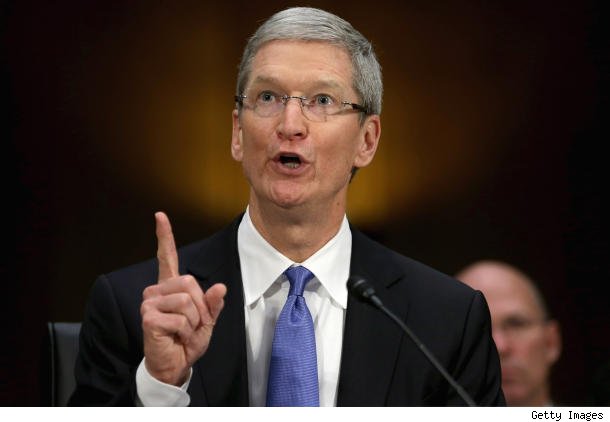

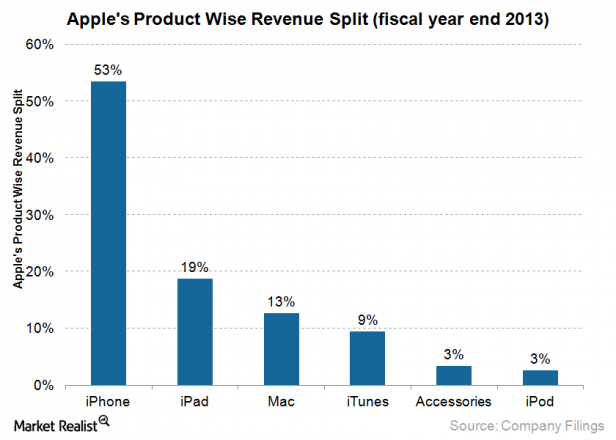
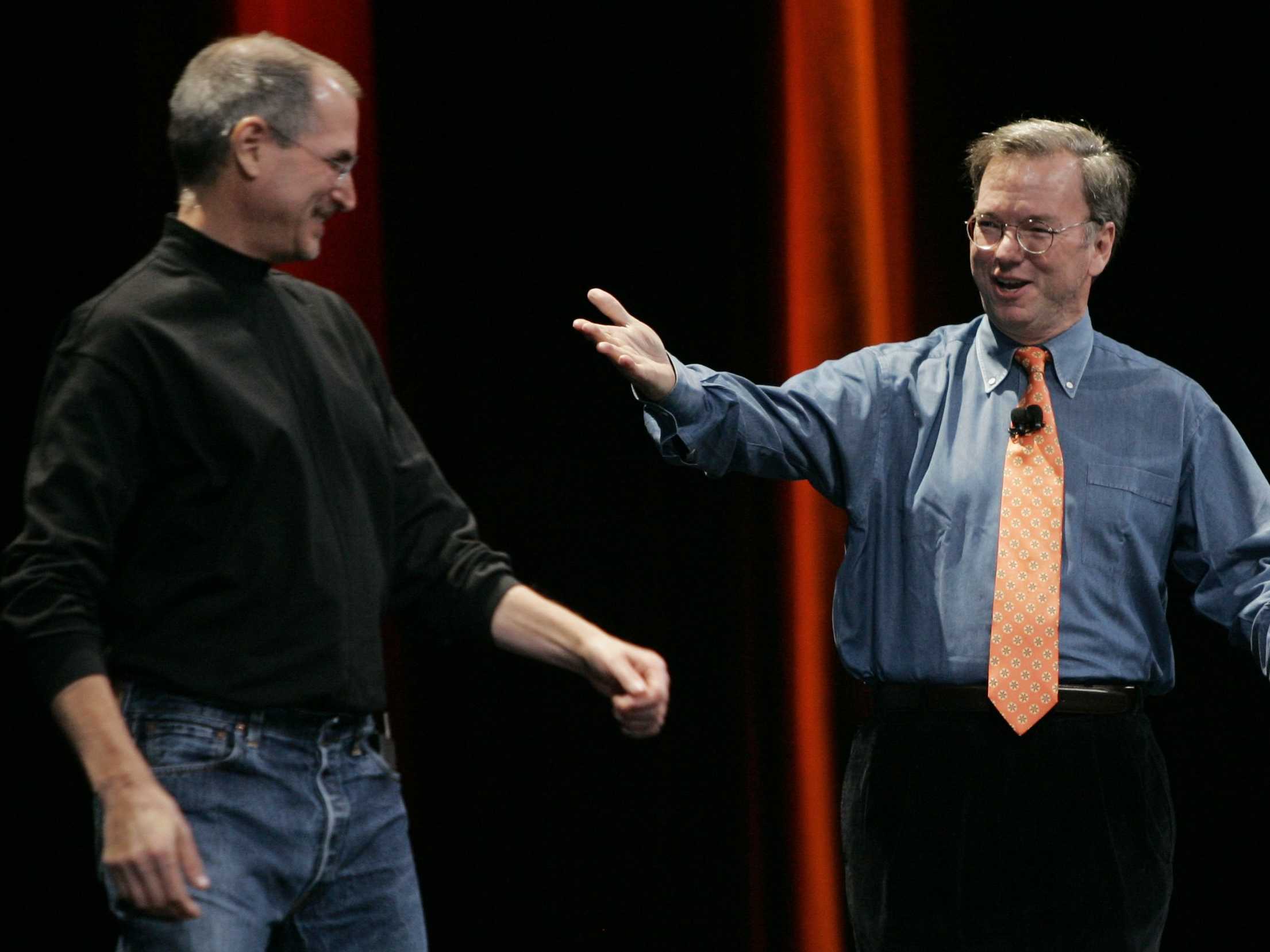



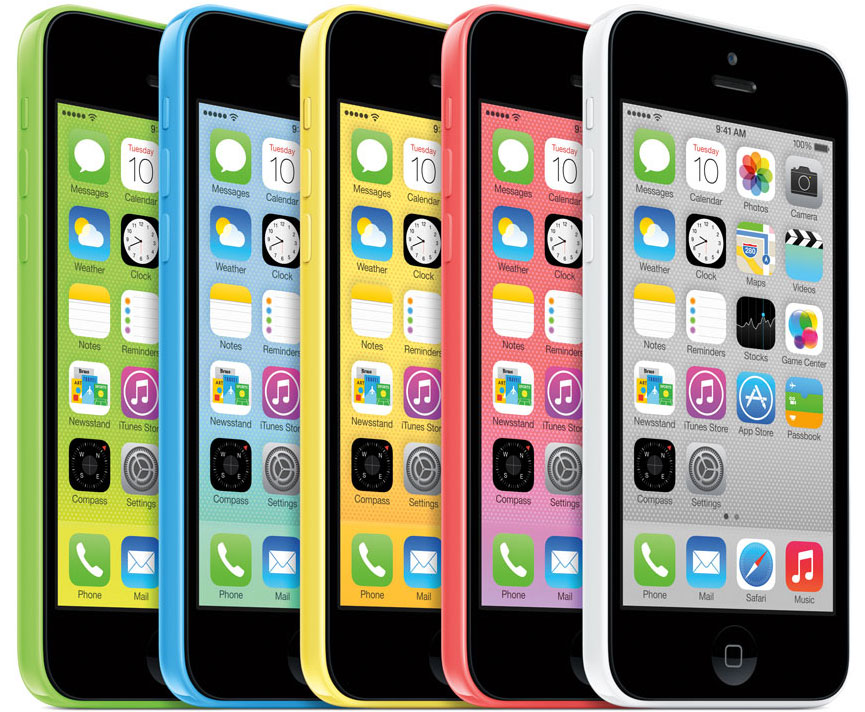
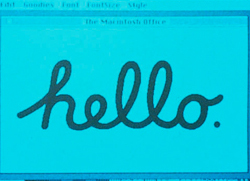
 I want my various “computers” — defined here as at least my smartphone, tablet, desktop, laptop, wearable watch, television and even car dashboard — to essentially operate as similarly as possible, preferably with a
I want my various “computers” — defined here as at least my smartphone, tablet, desktop, laptop, wearable watch, television and even car dashboard — to essentially operate as similarly as possible, preferably with a 



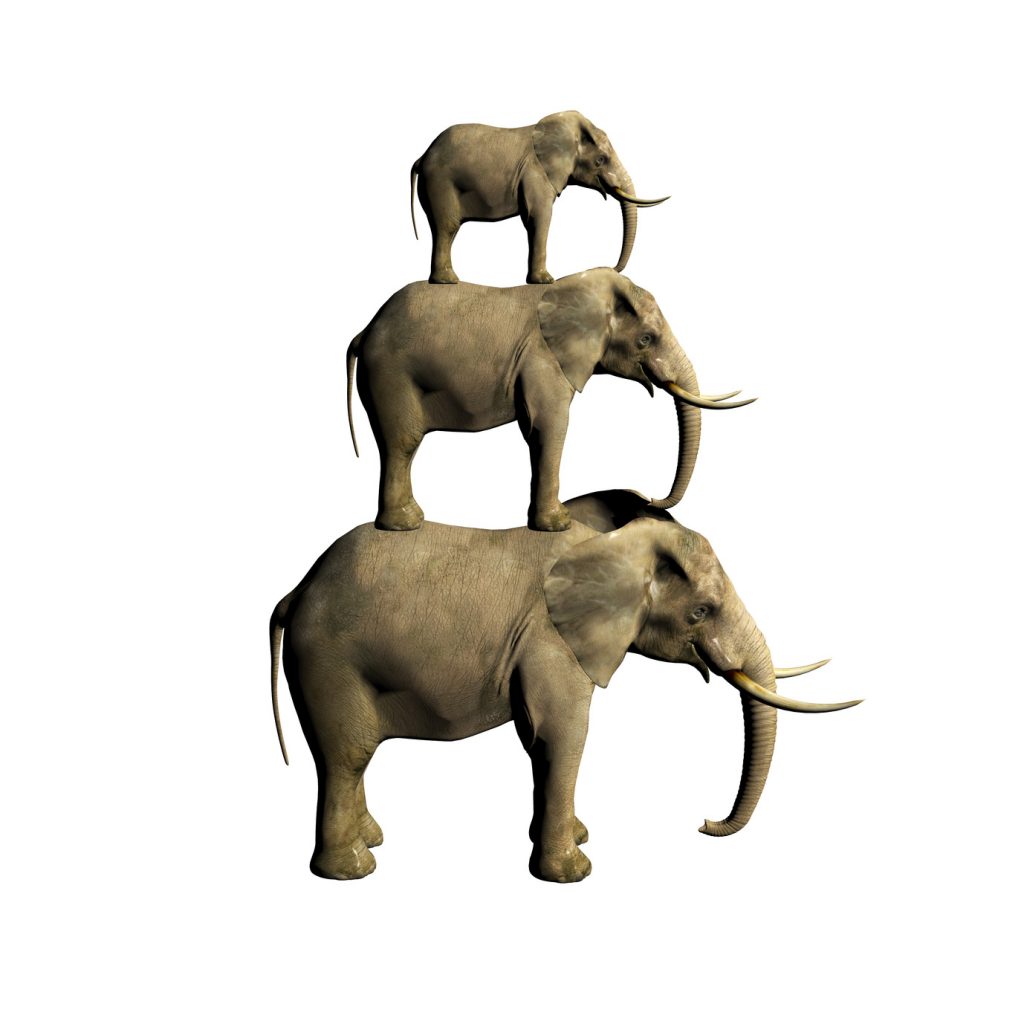
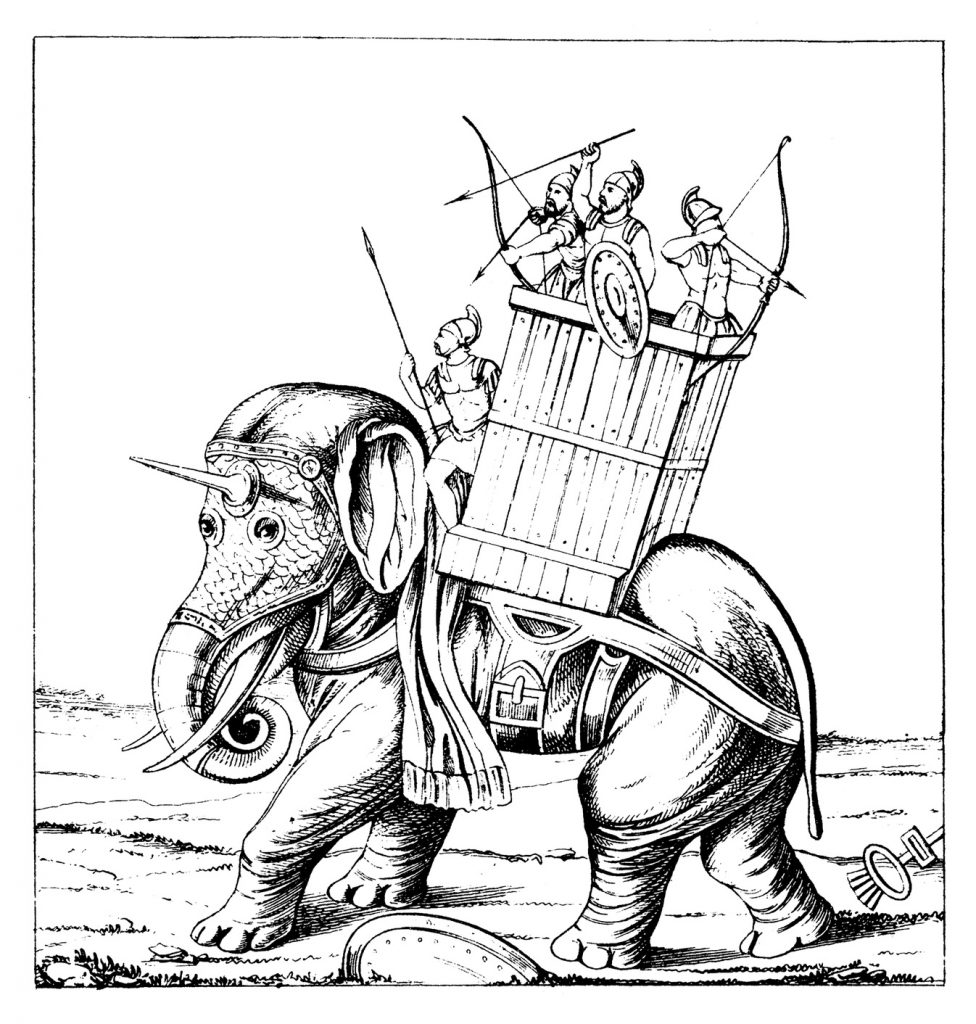

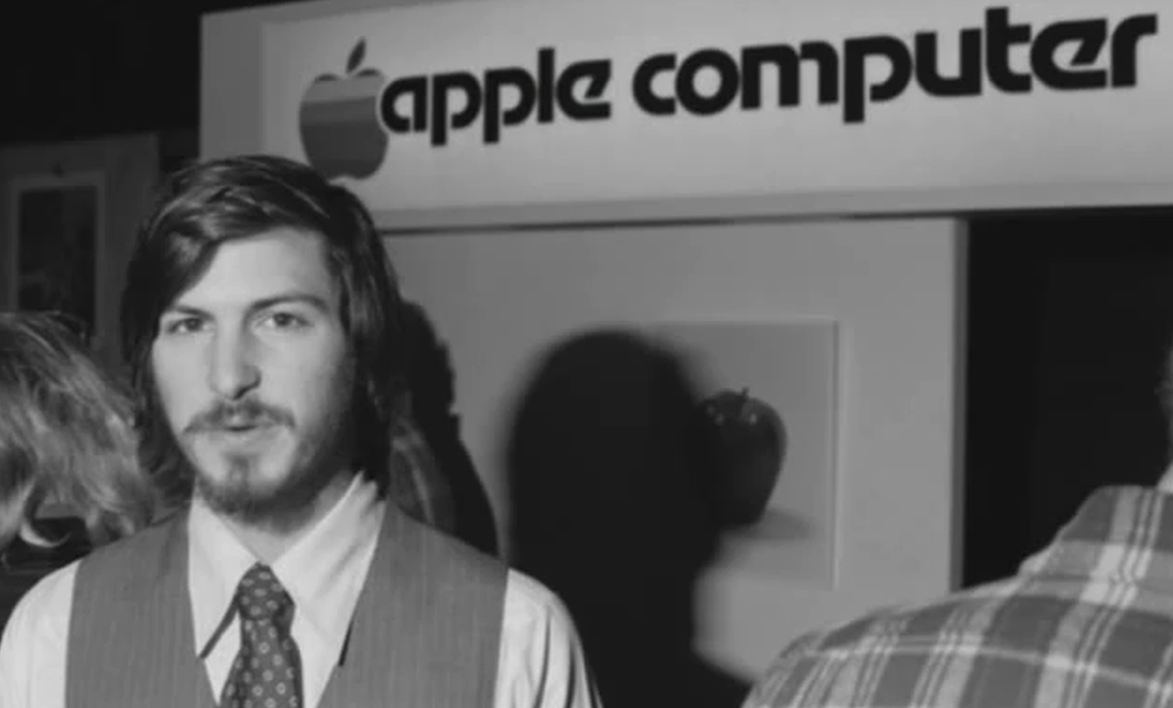
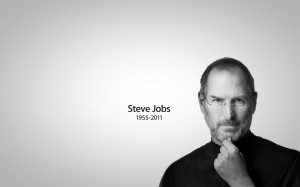 In so many ways, ways we now take for granted, ways that Google and Microsoft are rapidly trying to copy, it was Jobs who showed us the way — even as we all were convinced of his wrongness. Jobs proved us wrong not just on technical matters, but on profound aspects of both technology and business.
In so many ways, ways we now take for granted, ways that Google and Microsoft are rapidly trying to copy, it was Jobs who showed us the way — even as we all were convinced of his wrongness. Jobs proved us wrong not just on technical matters, but on profound aspects of both technology and business.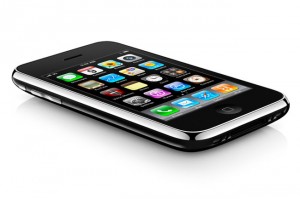

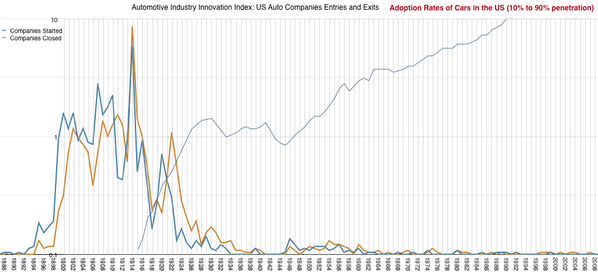

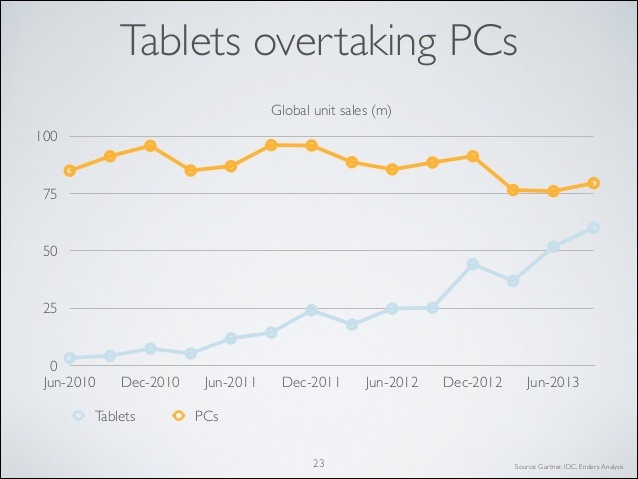


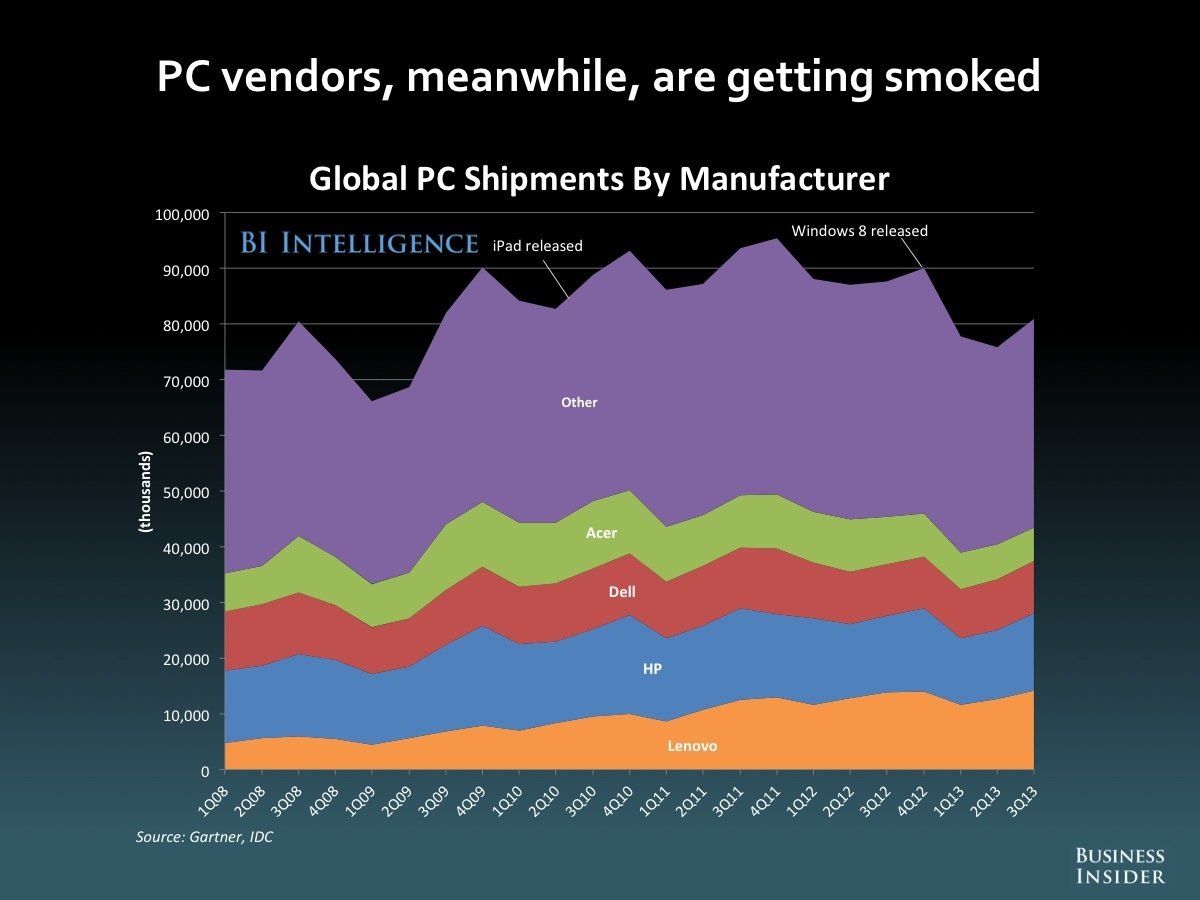


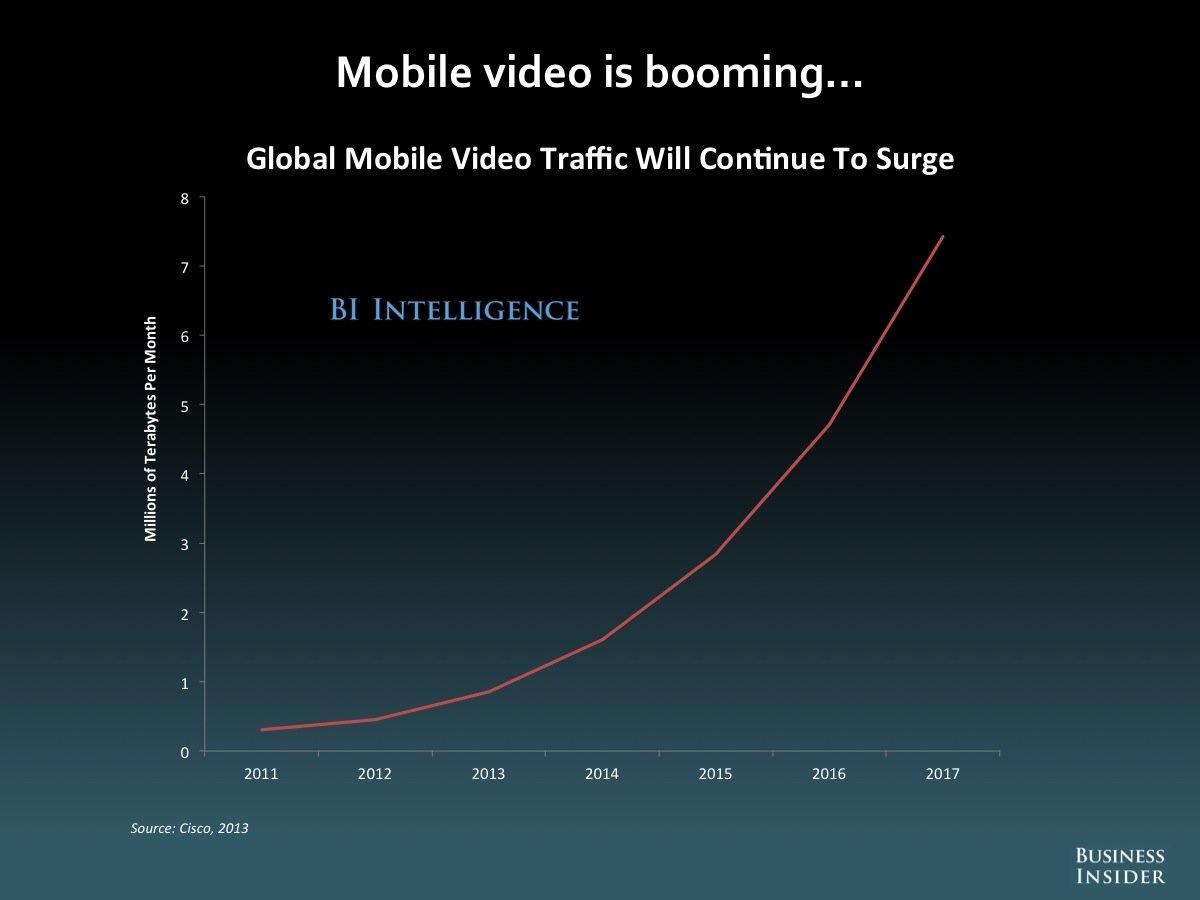
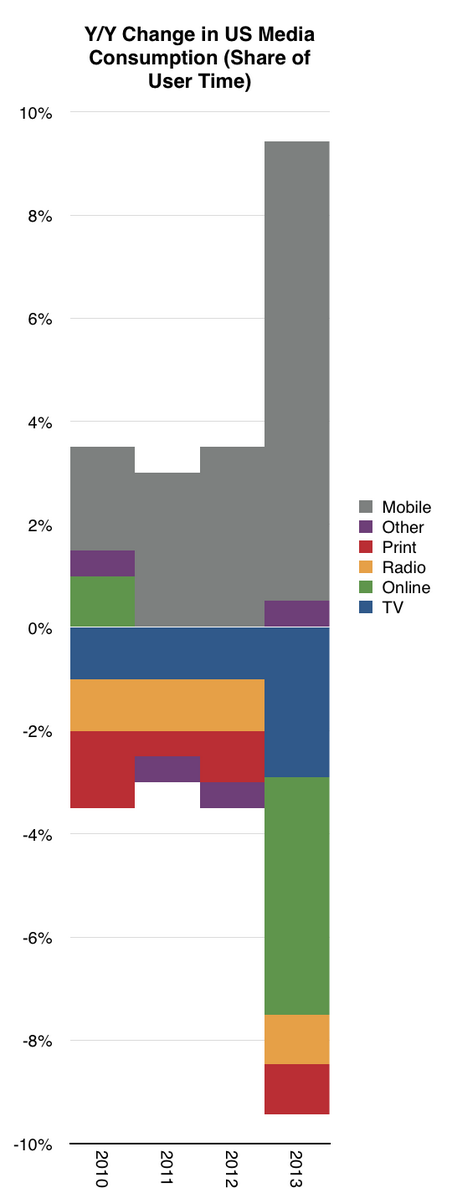
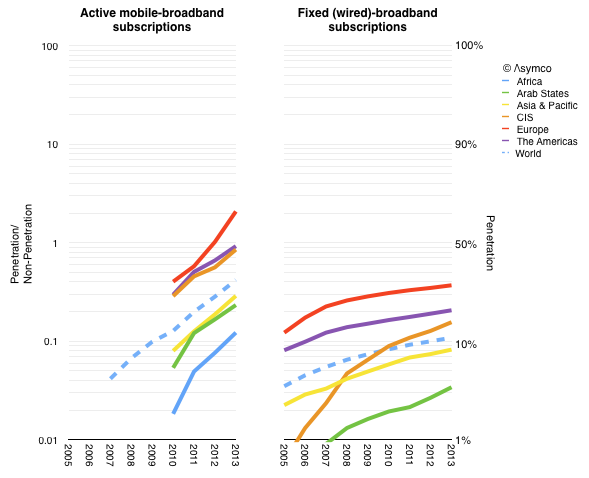
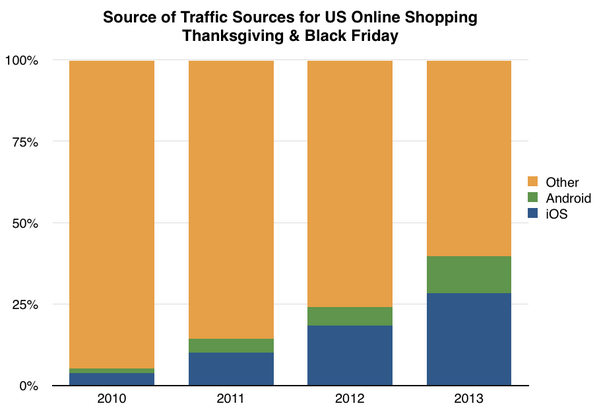
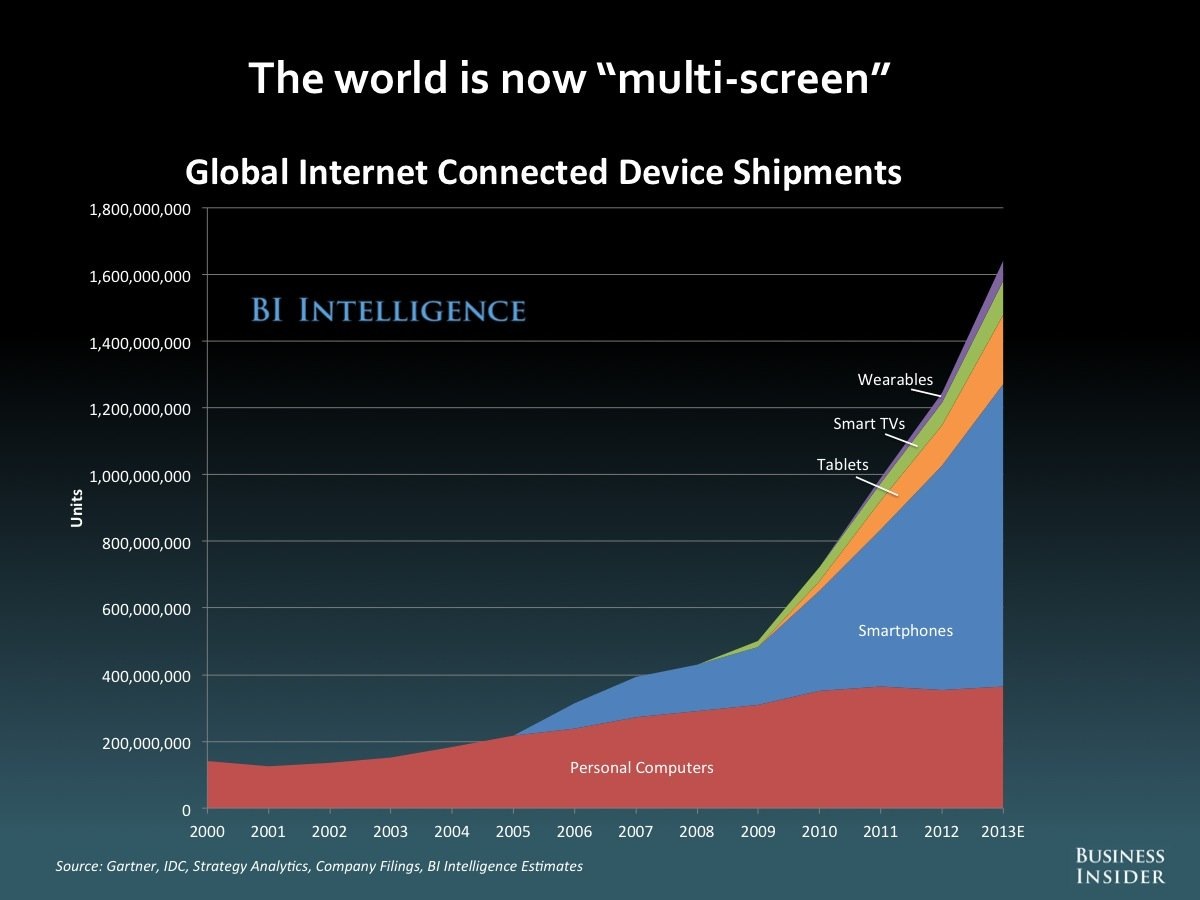
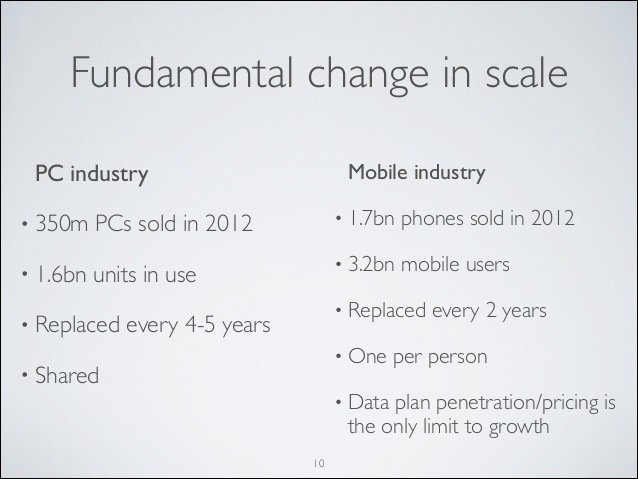
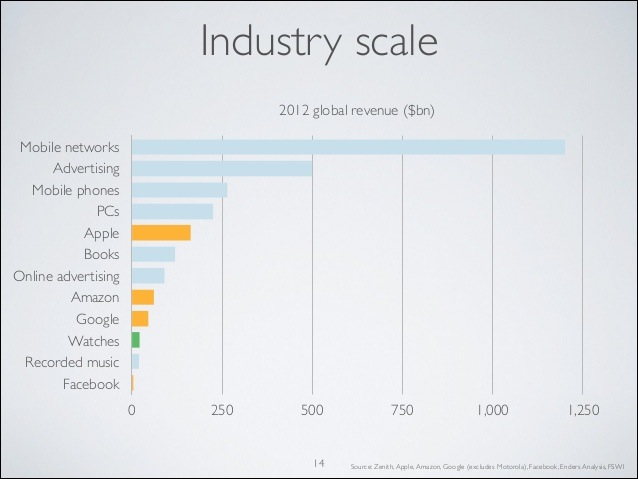
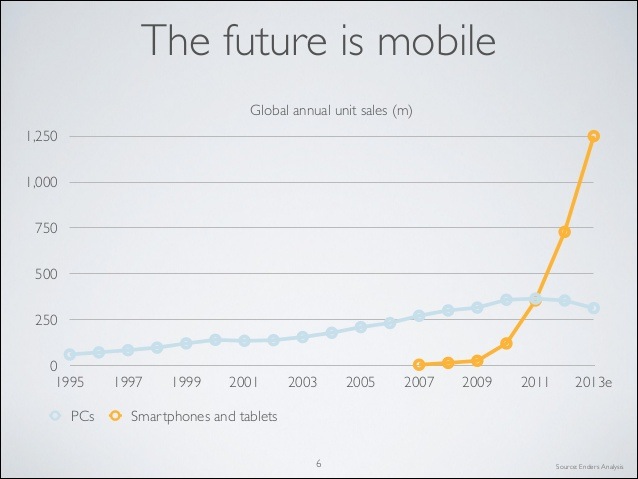
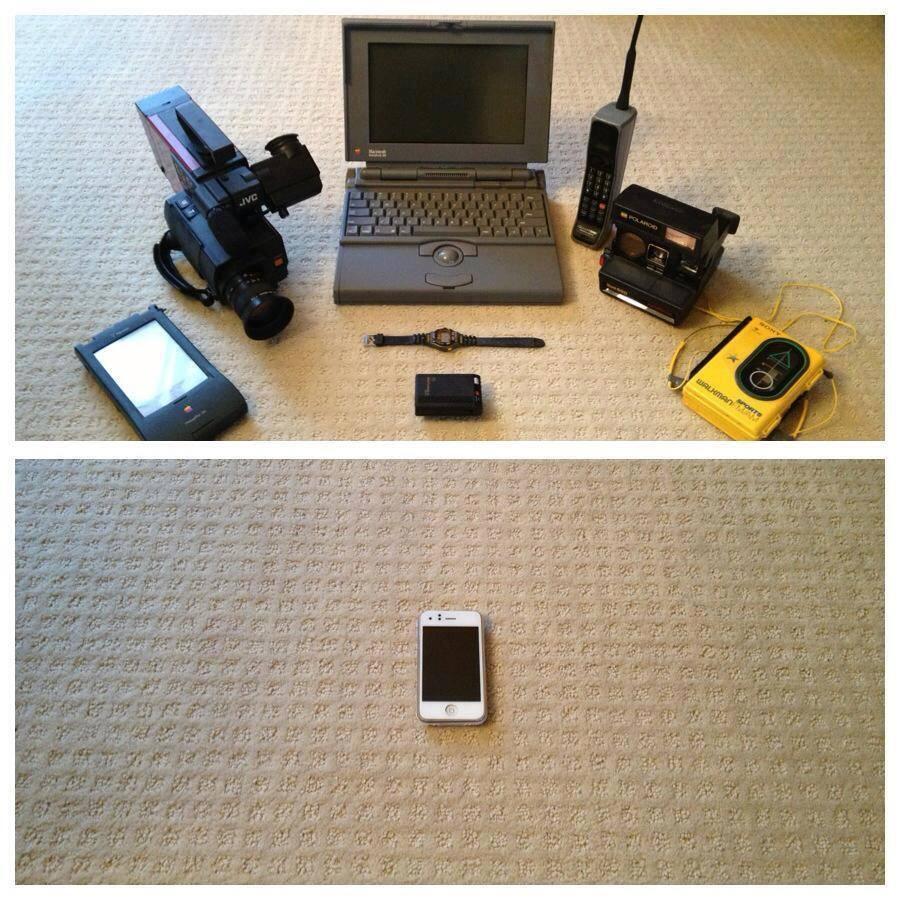

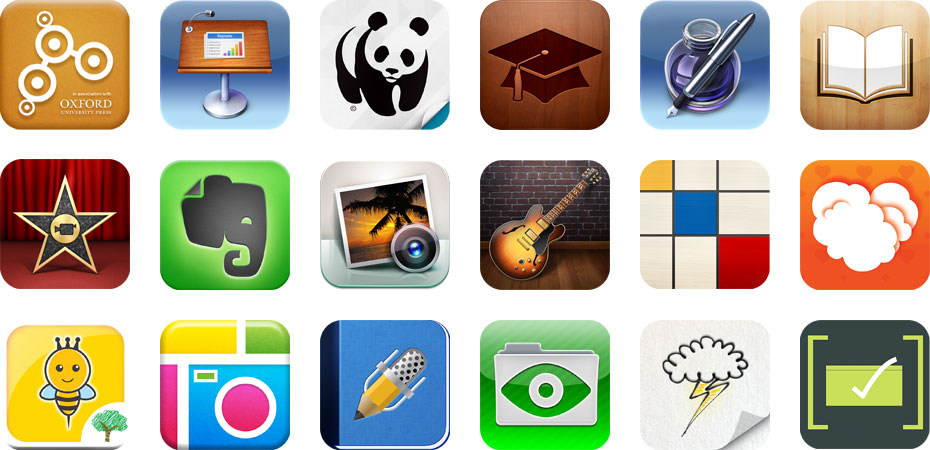
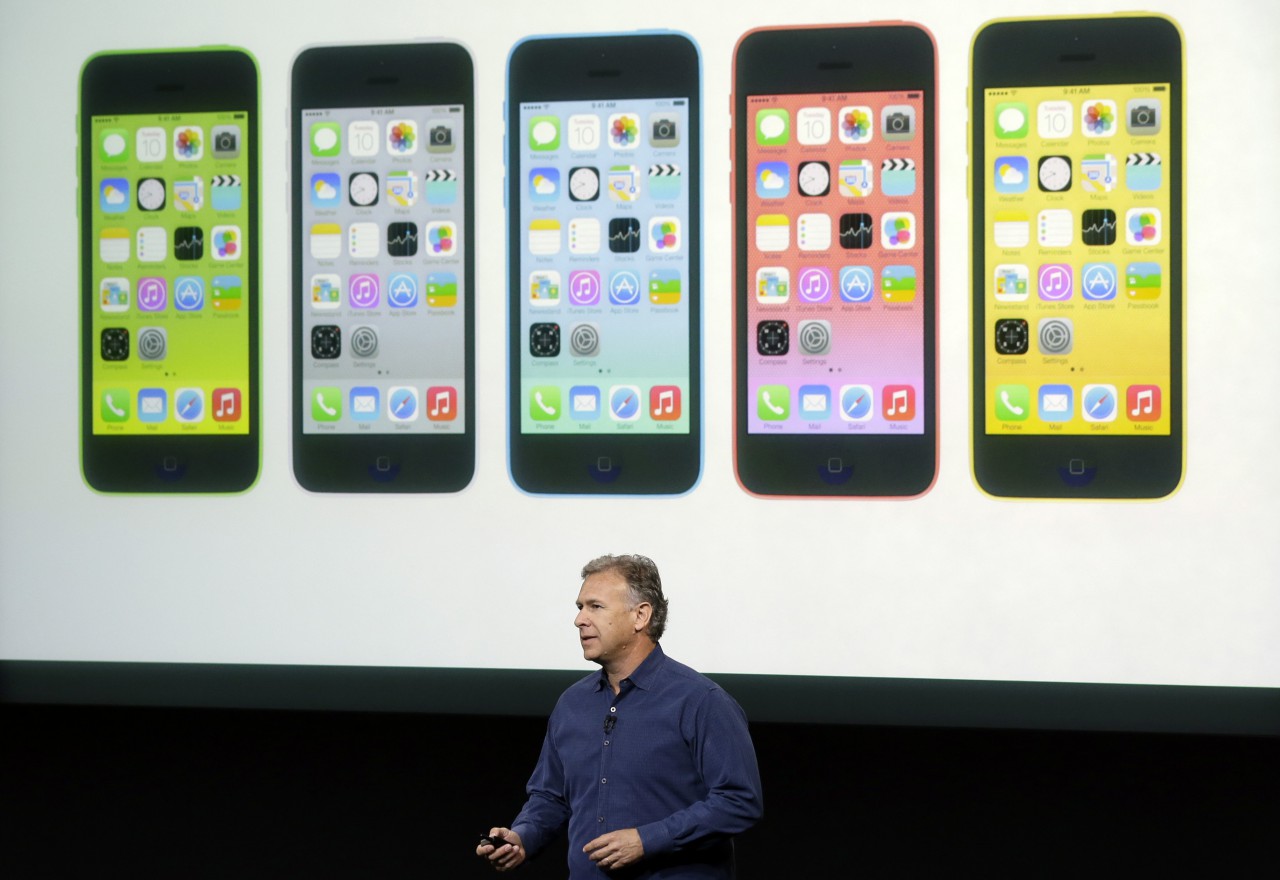

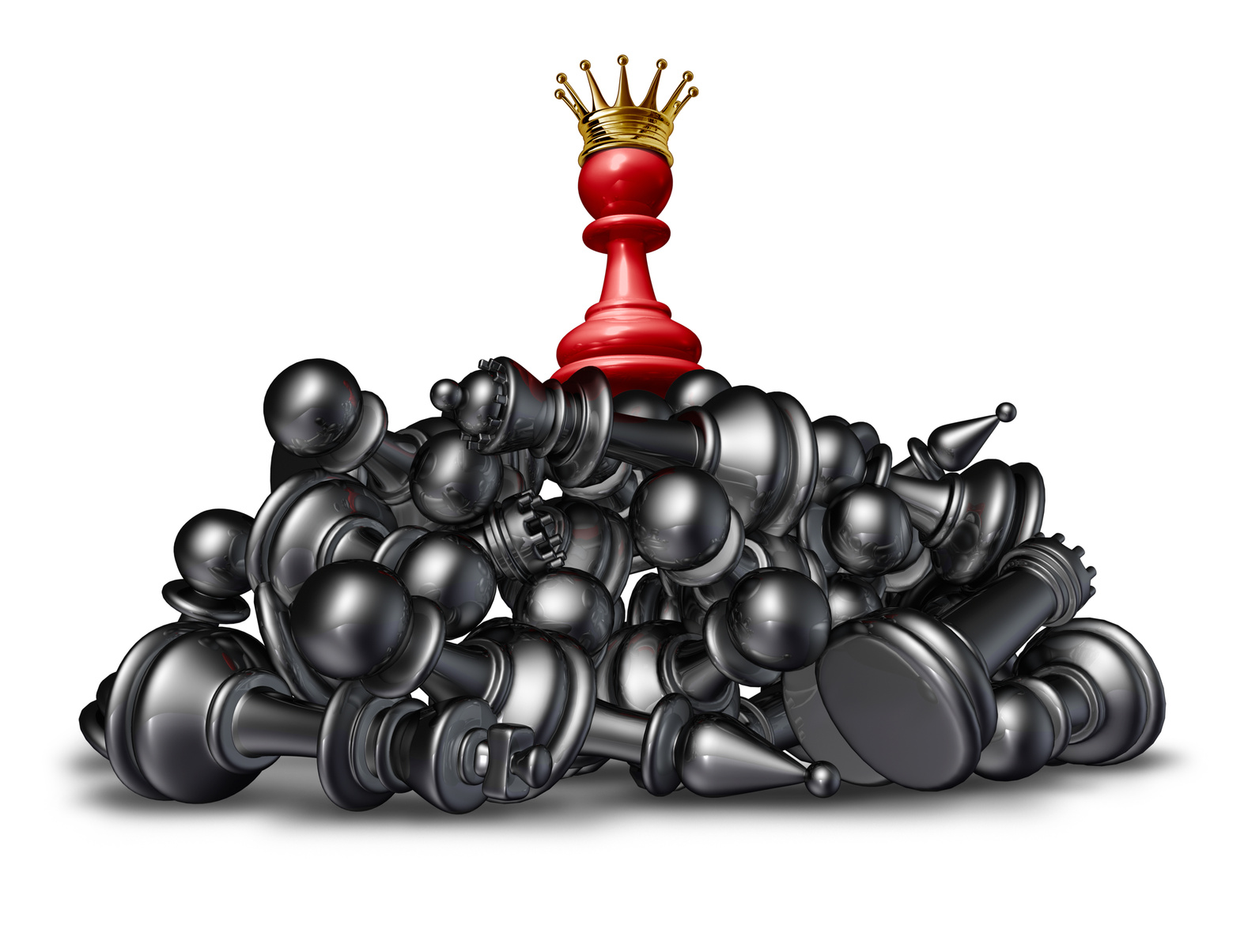
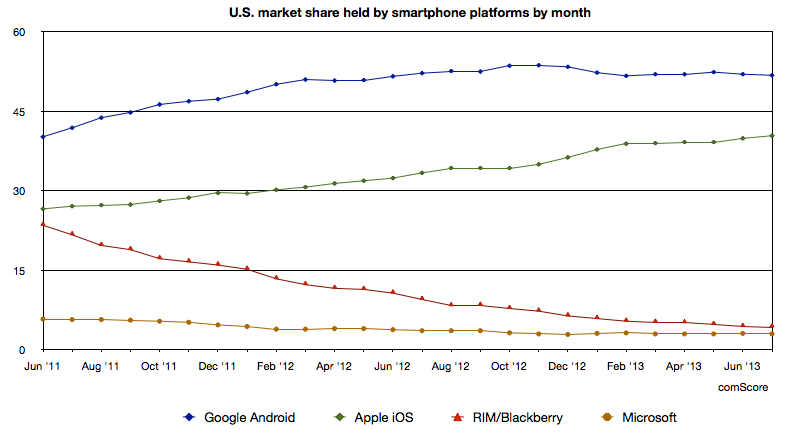

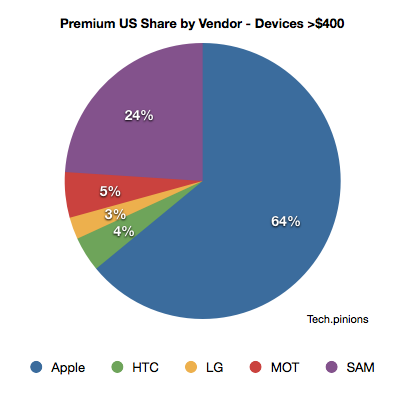


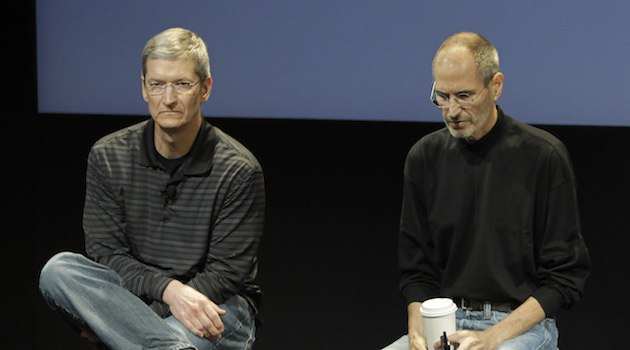
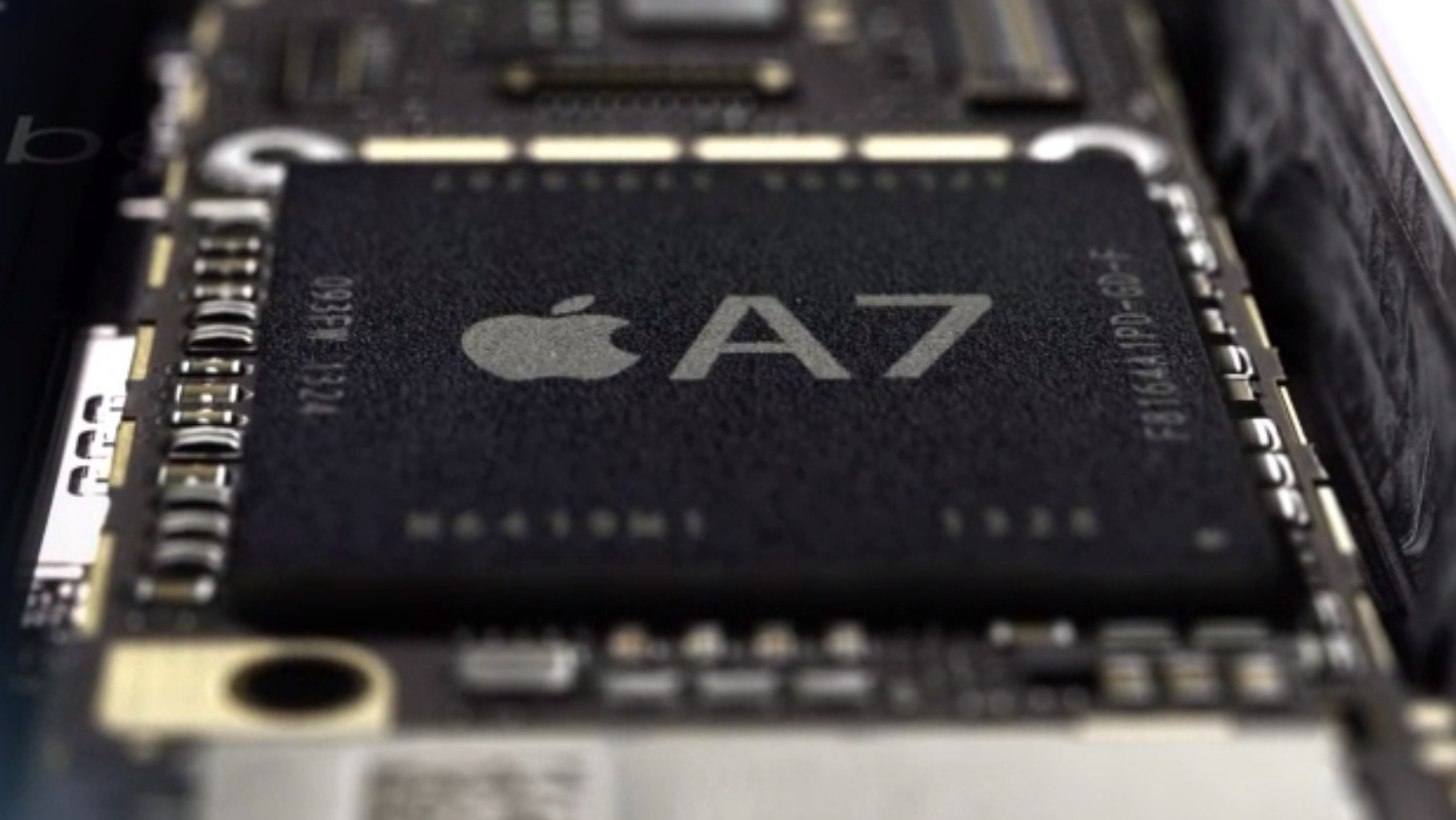

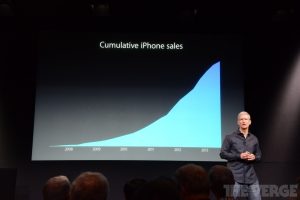 iOS is niche or going away?
iOS is niche or going away? Jony Ive is the real deal, Apple’s true visionary.
Jony Ive is the real deal, Apple’s true visionary.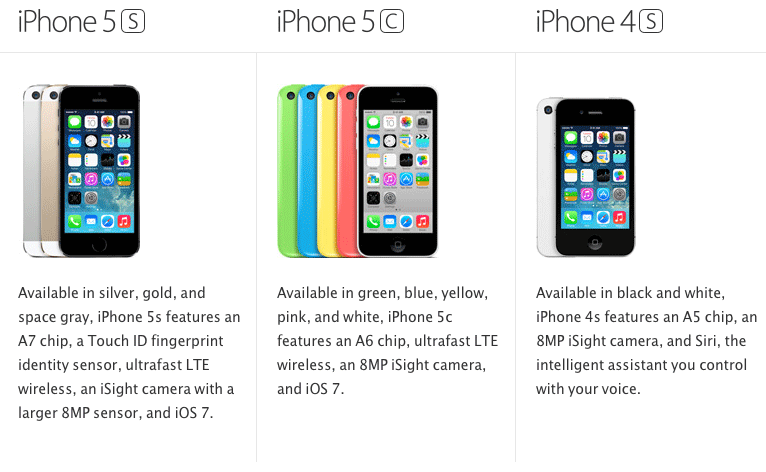
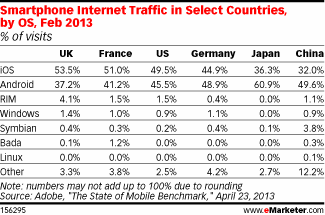
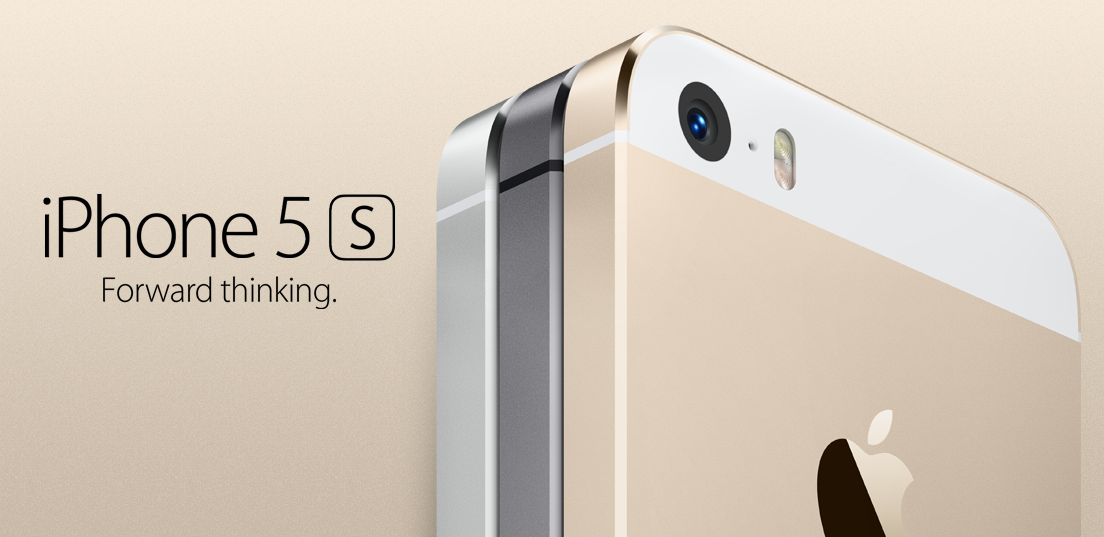


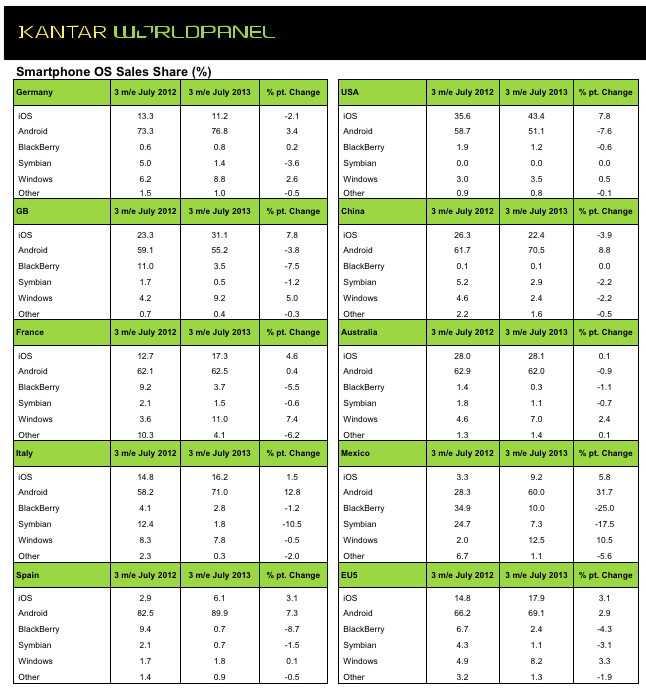
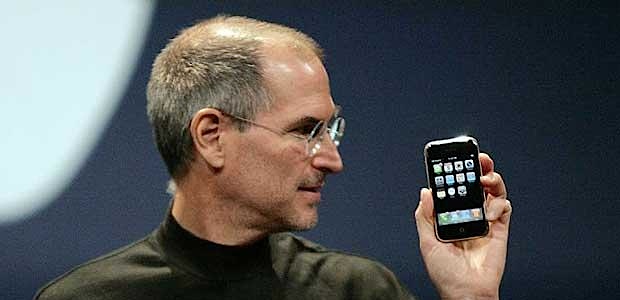

![The Myth of an iPhone Killer [Updated with added chart]](https://techpinions.com/wp-content/uploads/2013/08/Fotolia_53841875_Subscription_Monthly_M.jpg)

